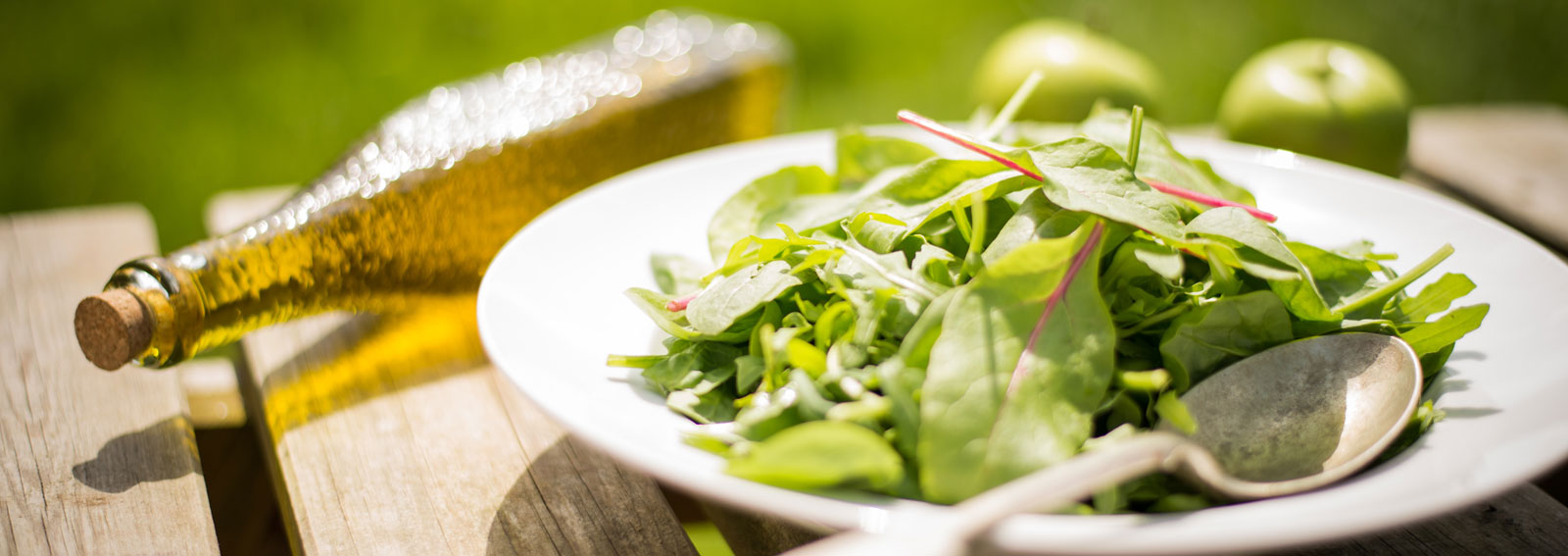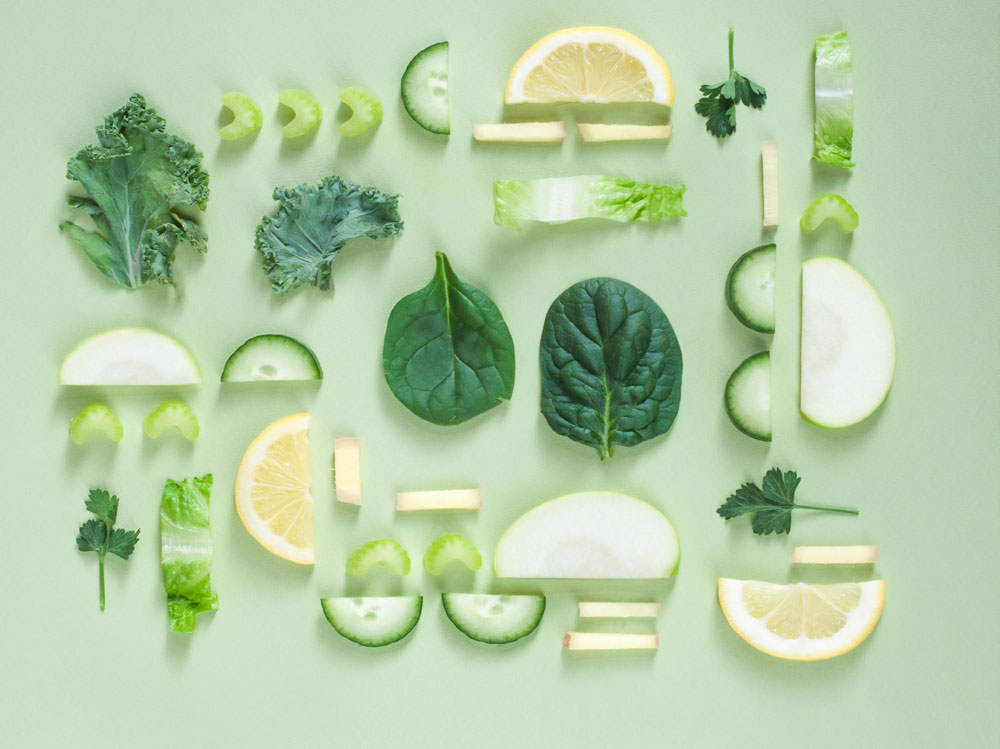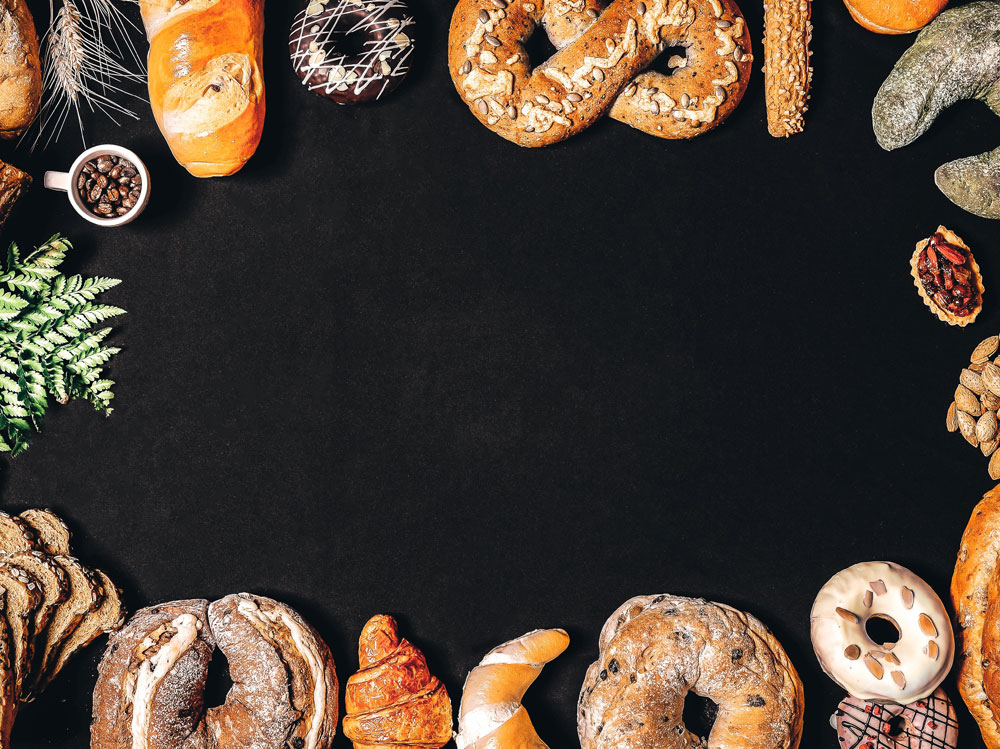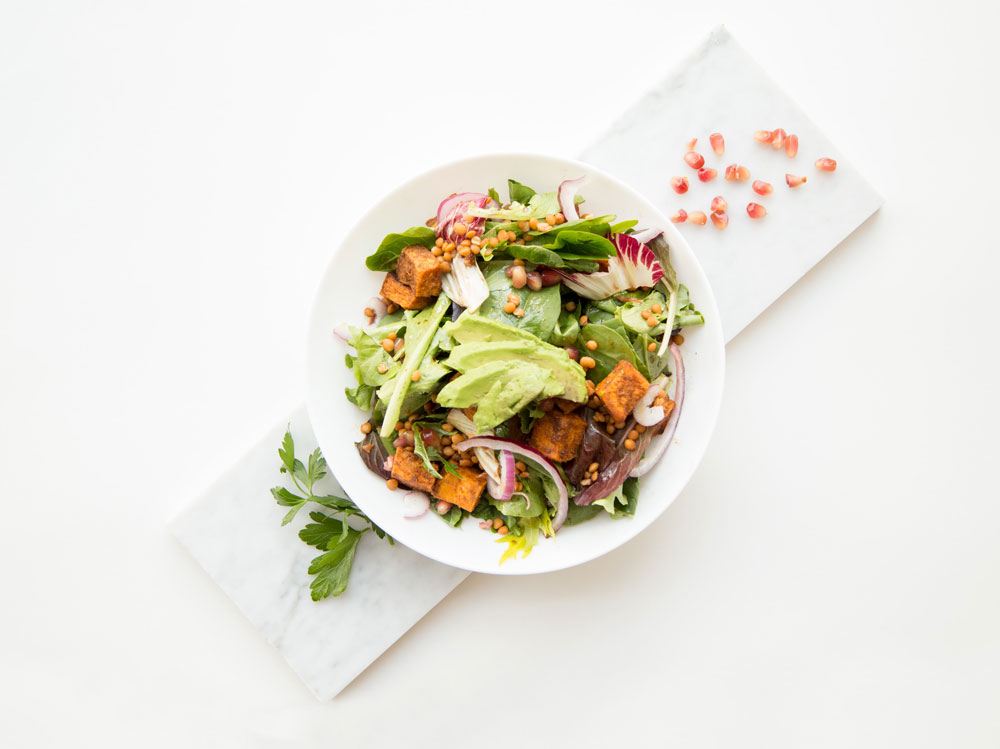

The Magnesium Diet is a popular eating plan among those who want to lose weight healthily, without compromising their health, while consuming a bounty of beneficial substances.
7 Essential Magnesium-Rich Foods for Health
This diet involves eating foods that contain a high level of magnesium, which is excellent for both weight loss and strengthening bones, muscles, and soft tissues.
What to Know About the Magnesium Diet

What is Magnesium Good For?
As the name suggests, the Magnesium Diet is a nutritional plan based on consuming foods rich in this mineral. Magnesium is an essential mineral for human psychophysical well-being. It is the fourth most abundant mineral in the body and is indispensable for health.
The body stores about 99% of total magnesium in bones, muscles, and soft tissues, while 1% remains in the blood. Low magnesium levels can lead to various diseases and critical conditions such as Alzheimer’s, type 2 diabetes, insulin resistance, migraines, hypertension, attention deficit hyperactivity disorder (ADHD), and heart disease.
A magnesium deficiency leads to unpleasant and sometimes dangerous health consequences. Even a healthy diet can result in a deficiency of this substance, which is why it is always recommended to consume many magnesium-rich foods. Therefore, the Magnesium Diet is a great ally for maintaining good health.
Which Foods Are Rich in Magnesium?
The foods this diet focuses on are naturally rich in magnesium. The top ten recommended foods include spinach, chard, black beans, and avocado.
Nuts are also essential, with dried figs, almonds, and pumpkin seeds being true health and beauty allies. For fresh fruit, bananas and fresh figs are ideal. Probiotic sources like yogurt and kefir help improve gut flora. A tasty treat also makes the list: dark chocolate, a true magnesium concentrate.

What to Eat for Breakfast on the Magnesium Diet
In the morning, you can choose from one of the following four menus:- A latte macchiato with two slices of whole grain toast topped with either two servings of low-fat cheese, two slices of chicken or turkey, or a teaspoon of extra virgin olive oil.
- A glass of milk with a teaspoon of cocoa powder and about 30g of cereal and fiber.
- An infusion or tea, a natural or fruit yogurt, a piece of fruit, or a glass of fruit juice.
- A latte macchiato, a couple of whole grain biscuits, about 125g of ricotta or 60g of fresh cheese.
Mid-Morning Snack
As a snack, the Magnesium Diet suggests having an infusion or a latte macchiato, 50g of nuts, a low-fat fruit yogurt, or a piece of fresh fruit. Alternatively, you can have a slice of whole grain toast with a slice of chicken or turkey, or with low-fat cheese spread on top.

What to Eat for Lunch
For lunch, at least three times a week, you should have a single dish of your choice from the following: 80g (weighed after cooking) of rice or pasta; 200g of boiled or roasted potatoes.
For sides, steamed vegetables, green salads, or legumes are recommended. Choose from lentils, beans, or chickpeas (40g weighed before cooking), consumed hot or in a salad with added tomatoes, onions, and peppers.
On the remaining days of the week, you can have the following first courses: 300g of mixed salad or 200g of cooked green vegetables like chard and spinach, or a plate of vegetable soup or puree. In minimal quantities, beetroot, corn, peas, fava beans, and pickles are also allowed.
For the main course, choose from 100g of lean veal, beef, or pork; 100g of rabbit; 100g of chicken or turkey breast without skin; 125g of white fish; 100g of oily fish; or 150g of clams, mussels, calamari, and seafood.
For those who don’t want to consume meat and fish, a hard-boiled, soft-boiled, scrambled, or omelet egg is fine. A portion of whole grain bread (20g) and a piece of fresh fruit can be included.
What to Eat for an Afternoon Snack
The afternoon snack can include an infusion, a tea, or a coffee with milk.
Alternatively, a piece of fruit, a low-fat yogurt, or a glass of citrus juice is suitable.
What to Eat for Dinner
For dinner, the following three example menus can be chosen:
- A mixed salad or 200g of steamed vegetables with a teaspoon of extra virgin olive oil, or a plate of vegetable soup or puree. Follow this with 70g of fresh cheese or 100g of raw ham or turkey/chicken breast. Alternatively, an omelet or hard-boiled egg is acceptable. 20g of whole grain bread and a piece of fruit are also allowed.
- Two low-fat yogurts with 50g of whole grain cereals and, to finish, a piece of fresh fruit.
- A sandwich made with whole grain bread with a slice of chicken or turkey, vegetables (lettuce, celery, tomatoes, and asparagus), plus a pinch of herbs or spices to taste. The desert in this case is also a piece of fresh fruit.

The Benefits of the Magnesium Diet
The Magnesium Diet is one of the few low-calorie eating plans that has only benefits and no downsides.
Weight loss is significant, potentially up to 6 kilograms in two weeks.
Besides losing weight well and quickly (without compromising health), this diet helps strengthen bones, teeth, and the heart. Stocking up on magnesium is always a great idea, making this eating plan a valuable ally for health even before it is for the silhouette.
What is Carnitine and Which Foods Have It?
Anti-Inflammatory Foods: Nutritionist’s Top 5 Menu Additions
This article first appeared on Grazia.it – Author: Camilla Sernagiotto













